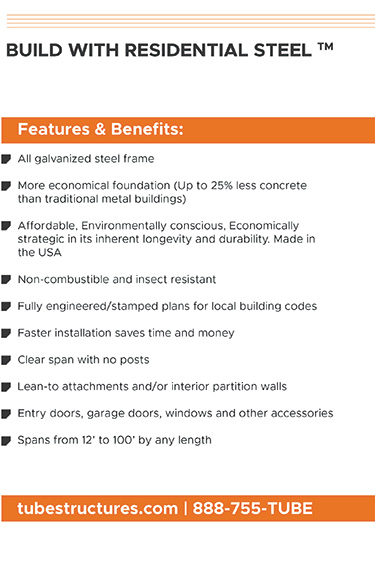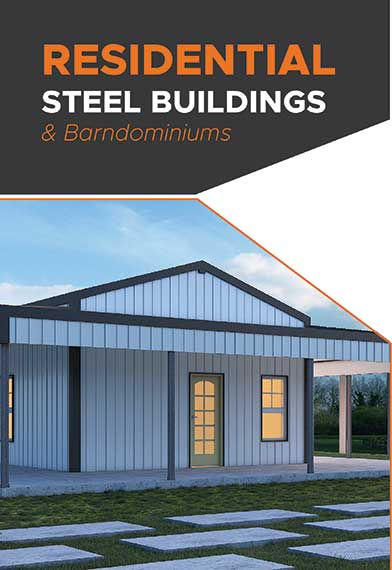Construction costs increase in January, IHS Markit reports
- September 28, 2020
- Posted by: Alan Hageman
- Category: News

Construction costs increased once again in January, according to IHS Markit and the Procurement Executives Group (PEG). The headline IHS Markit PEG Engineering and Construction Cost Index registered 59.4 in January, marking the 39th consecutive month of construction costs increases. The materials and equipment and the subcontractor labor indexes indicated continued price increases, with readings of 60.4 and 57.1.
Survey respondents reported increasing prices for 10 out of the 12 components within the materials and equipment subindex, with carbon steel pipe marking another month of falling prices and fabricated structural steel prices registering no change. Although survey responders noted a rise in pricing for pumps and compressors, the index figure did back off compared to December. All the other index figures saw an increase relative to December. One of the highest increases was for ready-mix concrete.
“Ready-mix producers once again sent out higher price quotes this January,” said Deni Koenhemsi, senior economist at IHS Markit. “This is in line with the seasonal price increases that typically occur in January and April, depending on the region. For some parts of the U.S. where demand is higher, prices will rise more than average due to ready-mix truck driver tightness.”
The subindex for current subcontractor labor costs reported rising labor costs in the Northeast, Midwest and Southern U.S. The labor cost index was flat in the western U.S. as well as Eastern and Western Canada. The diffusion index figures for most of the U.S. rose relative to December.
The six-month headline expectations for future construction costs index reflected increasing prices for the 41st consecutive month with the index registering 75.6, a slight uptick from December. The six-month materials and equipment expectations index came in at 76.8 in January, up from 72.7 in December. Prices for all materials, equipment and freight are expected to rise. Expectations for subcontractor labor ticked up to 72.8 in January; labor costs are expected to rise in all regions of the U.S. and Canada. In the survey comments, respondents noted shortages for welders and other craft labor.



